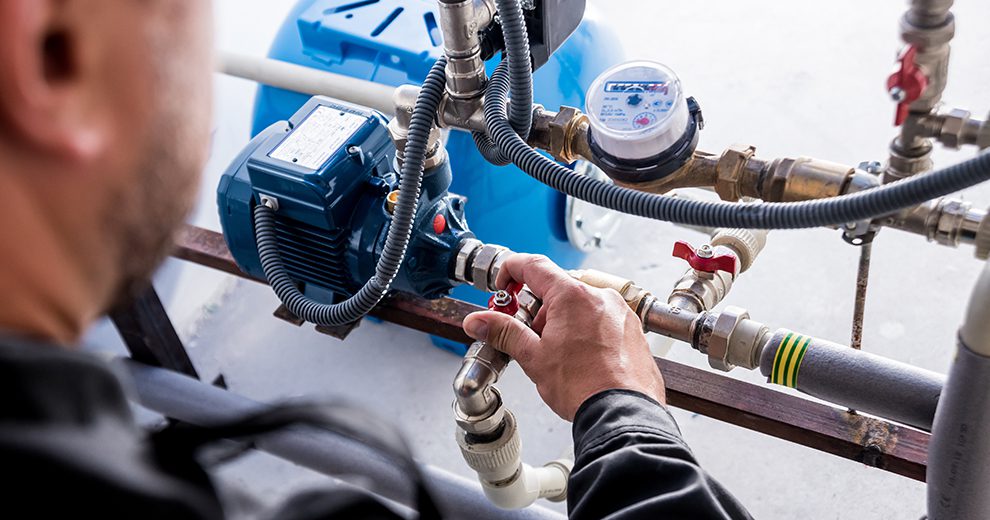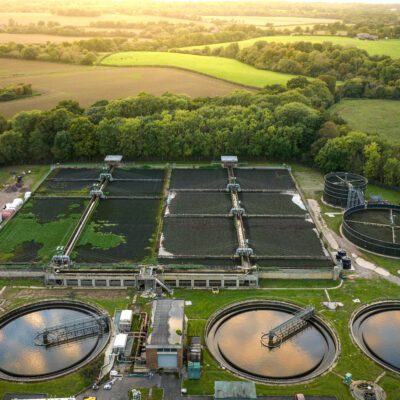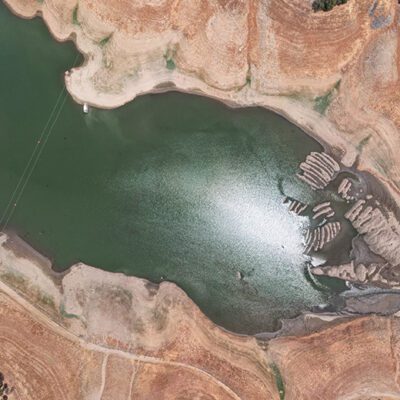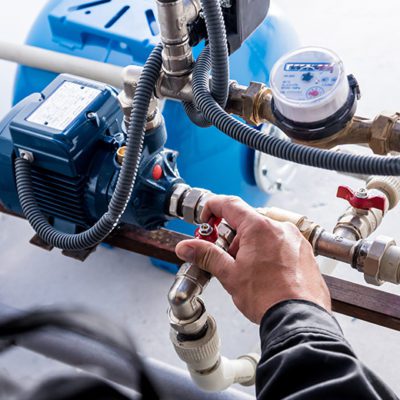Let’s say your organization purchases millions of gallons of clean, potable water each year from a local water utility. Do you know where that water is going? Can you pinpoint how to reduce water risk and cost?
A deep understanding of your water use is important for three reasons:
- Water costs are significant and rising more quickly than other utility costs.
- Most organizations own valuable assets that rely on water, such as HVAC equipment, making it critical to facility operations.
- Facilities are often dependent on municipal water infrastructure that is aging and becoming less reliable.
Organizations should consider a two-step water resiliency strategy to successfully diversify supply sources, reduce water cost, and mitigate risks associated with water consumption.
Step 1: Quantify Water Usage
You can’t manage what you don’t measure.
Every organization needs a “water balance,” or a way to track each gallon of water as it moves through a facility. Often, the most efficient way to do this is with facility personnel knowledge: piece together bills, understand equipment operation, and read existing meters. Many organizations lean heavily on utility bills and equipment usage estimates to compensate for imprecise metering.

But insufficient metering can make water balancing difficult. Every company or household that draws water from a utility has at least one water meter, but few have metering that is specific and accurate enough to record the location and amount of water used across systems. Therefore, data is not available to reveal opportunities to save water and reduce water risk.
A metering strategy should focus on several areas:
- Evaluating existing meters for location and functionality
- Reviewing organizational priorities for use of water data
- Purchasing new metering equipment to add to or replace old meters
- Creating a “meter verification program” to validate data and prioritize maintenance
- Operationalizing data management and dashboarding

Once water usage is tracked across systems, each facility will find it simple to create a water balance capable of informing corporation-wide water decisions.
Step 2: Reduce Potable Water Consumption
Once you’ve created a water balance, it’s time to look at ways to reduce water consumption and improve resiliency.
Ask, Can We Use Less Water for That?
You may be able to reduce water consumption at the equipment or process level, which is called demand-side optimization.
Traditional water efficiency measures, like low-flow bathroom fixtures, make a small dent in a large facility’s water footprint. It is most efficient to start with the largest water users: HVAC equipment and manufacturing/industrial processes.
In many cases, internal operations teams and the vendors hired to maintain HVAC equipment can take steps to make those systems operate more efficiently. For example, water consumption is sometimes controlled manually with very basic equipment. By replacing timers and manual valves with modern, automated control systems, organizations can reduce water consumption without affecting the performance of major equipment.
Placing an unbiased, critical eye on existing equipment and processes can reveal opportunities to increase their efficiency.
Ask, Do We Need Clean Water for That?
Even efficiently managed HVAC systems use a lot of water. And guess what? That water does not need to be potable!
Coho has helped clients realize that anywhere from 25-60 percent of the clean, refreshing drinking water they purchase from a utility goes into mechanical HVAC systems that would be just as happy with minimally processed stormwater or wastewater.
This begins the process of supply-side optimization. Organizations should first identify all the systems that do not require potable water (i.e., no one is drinking from them) and then work with water treatment vendors and internal operations to define the “fit-for-purpose” water quality that these systems need. That water balance created in Step 1 makes this a simple task. Then, take stock of alternate sources of water, such as process wastewater or stormwater runoff.

Water reuse is the most impactful way to reduce water use from the supply side.
Once you’ve identified new, less expensive, and more resilient water resources, it is time to assess water reuse technologies to produce fit-for-purpose water. Organizations benefit from an in-depth, customized procurement process to find the technology and provider that fits the site’s needs.
Procurements should begin with a high-level request for information, leaning into supplier expertise to understand the best technology options available in the market. This reveals the range of possibilities to achieve client goals – often, the final project is a combination of the ideas proposed in this first stage of procurement.
Why Act to Reduce Water Risk and Cost?
The road to water sustainability can be long and complex, from mapping equipment-level water use, to installing new meters, to identifying utility water optimization or reuse opportunities. What’s the pay-off?
Water resiliency projects can safeguard against rising water and sewer costs and establish back-up water supplies in cases of floods or drought, providing redundancy for business continuity. Companies can save money by purchasing less water and, if they reuse wastewater, by reducing their sewer bill. Our clients have met their sustainability goals by achieving reductions in potable water consumption of 30-60 percent and reductions in waste or storm water discharge of 50-100 percent.



